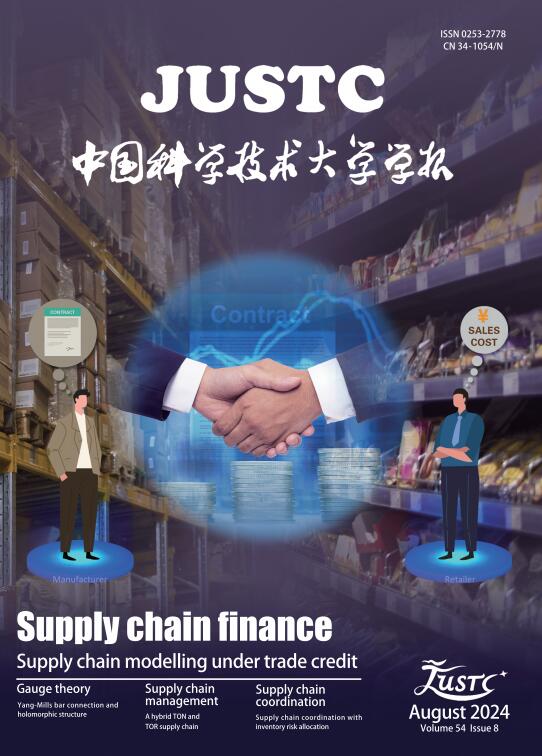液态锂金属在管道中的传热特性数值研究
Q4 Engineering
引用次数: 1
摘要
液态锂金属是一种很有前途的核反应堆冷却剂;然而,对其传热特性的相关研究仍然不足。本文建立了一个稳态二维数学模型来描述液态Li在直管中的传热过程。对进口速度、进口温度和壁面热流密度对Li液体传热的影响进行了数值分析。结果表明,与使用液态钠和铅铋共晶相比,使用液态锂改善高进口温度(> 1000 K)下的传热具有优势。考虑出口径向热流模型的机理,湍流系数与分子扩散系数之比沿管道半径呈抛物线分布。由于液体Li的普朗特数较低,提高进口速度、降低进口温度和降低壁面热流密度可以有效地削弱分子传热的主导作用。本研究对液态锂的传热进行了全面的研究,为液态锂作为一种有前景的冷却剂的实际应用提供了依据。本文章由计算机程序翻译,如有差异,请以英文原文为准。
Numerical investigation on heat transfer characterization of liquid lithium metal in pipe
Liquid Li metal is a promising nuclear reactor coolant; however, relevant research regarding its heat transfer characteristics remains insufficient. In this study, a steady-state two-dimensional mathematical model is established to describe the heat transfer process of liquid Li in a straight pipe. A numerical analysis is conducted to investigate the effects of inlet velocity, inlet temperature, and wall heat flux on heat transfer in liquid Li. The results indicate the advantage of using liquid Li for improving heat transfer at high inlet temperatures (> 1000 K) compared with using liquid sodium and lead–bismuth eutectic. Considering the mechanism of the outlet radial heat flow model, the ratio of turbulent to molecular diffusion coefficients presents a parabolic distribution along the radius of the pipe. Increasing the inlet velocity, decreasing the inlet temperature, and decreasing the wall heat flux can effectively weaken the dominant role of molecular heat transfer owing to the low Prandtl number of liquid Li. The heat transfer of liquid Li is investigated comprehensively in this study, and the results provide a basis for the practical application of liquid Li as a promising coolant.
求助全文
通过发布文献求助,成功后即可免费获取论文全文。
去求助
来源期刊

中国科学技术大学学报
Engineering-Mechanical Engineering
CiteScore
0.40
自引率
0.00%
发文量
5692
期刊介绍:
JUSTC is the multidisciplinary flagship journal of University of Science and Technology of China. Aiming at presenting highly selective articles in the world (upper 20% in any specific subject area).
JUSTC considers and publishes article types of Research Articles, Reviews, Letters, and Perspectives. All articles are available as open access immediately upon publication at no cost to contributing authors.
 求助内容:
求助内容: 应助结果提醒方式:
应助结果提醒方式:


